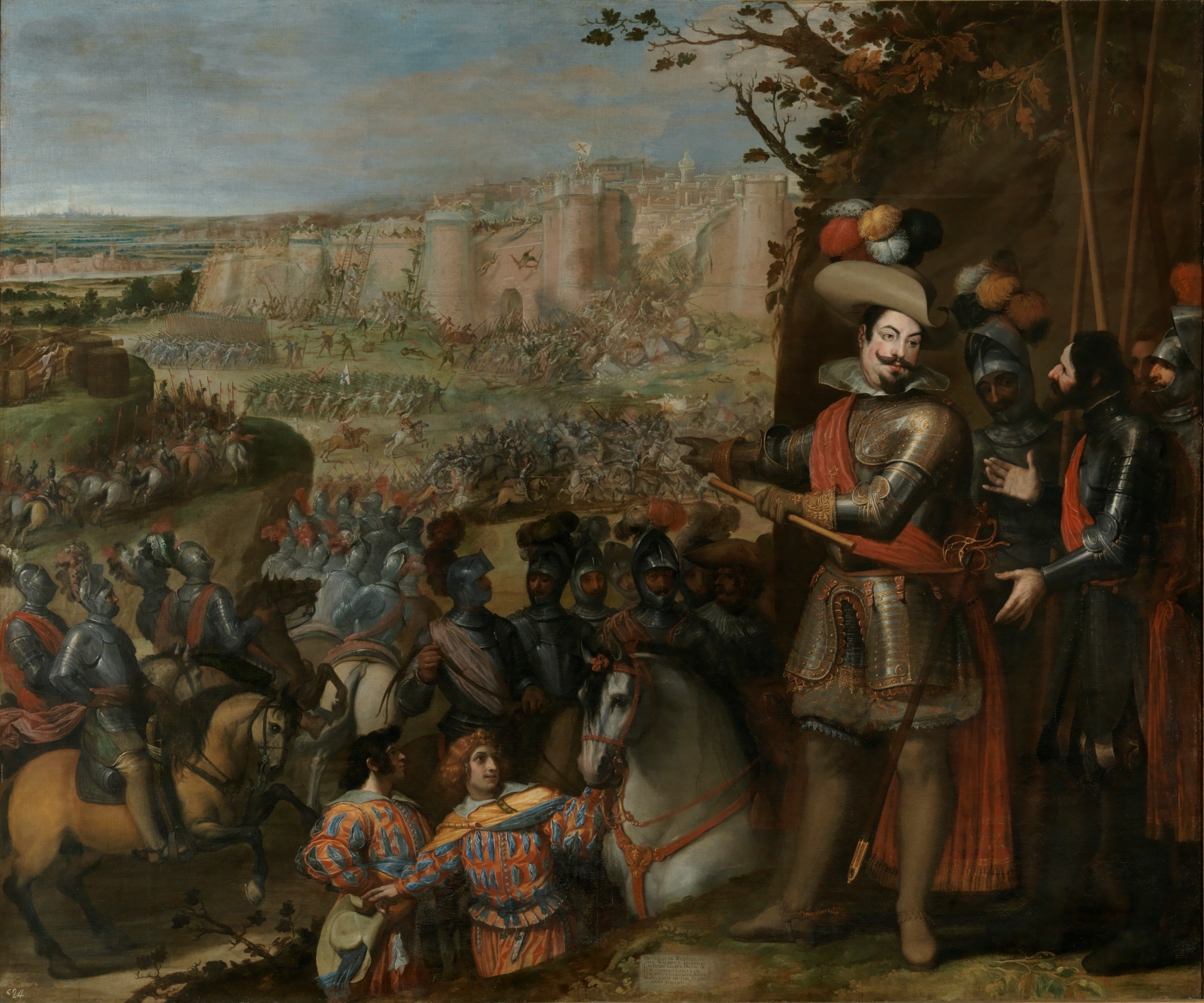 |
| Spain had the largest global empire until the 19 century |
Second wave: European migration to "empty territories"
(e.g. Africa, Asia, and America)
 |
| Map of European colonization of Africa |
| Map of Global Migration Lewis Historical Society, 2010 |
For this blog, I would like us to explore how processes of migration and intercultural transitions are depicted in films. Specifically, I would like for you to watch a film that in some way interrogates intercultural transitions. Here is a list of films that would be applicable:
- God Grew Tired of Us (I highly recommend this documentary. If we were in a face-to-face class, we would watch this film)
- Bend it Like Beckham
- Crash
- Borat
- Coming to America (old school Eddie Murphy!)
- House of Sand and Fog
- The Joy Luck Club
- The Namesake
- Lost in Translation (Netflix Instant)
- Outsourced (Netflix Instant)
- Snow Falling on Cedars
- Syriana
- The Terminal
- Mississippi Burning
- My Big Fat Greek Wedding
- The Motorcycle Diaries (Instant Netflix)
- The Kingdom
- Real Women Have Curves
- L'Auberge Espagnole (Instant Netflix)
- Babel
- The Best Exotic Marigold Hotel
- Dances with Wolves
- Echo Park L.A.
- Hotel Rwanda
- Rabbit Proof Fence (Instant Netflix)
- Seven Years in Tibet
- Whale Rider
This list is not comprehensive, but just a starting point to get you thinking about what film would work for this blog. You will watch the film and take notes on how dialogue, plot, nonverbal actions, etc. connect to concepts in chapter 8 (e.g. types of migrant groups, migrant-host relationships, cultural adaptation, contextual influences, etc).This will require you to pause the film to take notes, rewind to verify, etc. so plan your time accordingly. You may want to watch the film more than once too. After you have completed watching the film and taking comprehensive "field notes" on intercultural transitions. You will select one concept from chapter 8 to discuss in your blog. You will then connect this concept to specific references from the film.
You will construct your blog into three paragraphs:
1.) Discuss the film that you selected to screen (basic plot, year it came out, why you think it's appropriate)
2.) Discussing the concept that you selected (name it, define it, describe how it connects with intercultural communication)
3.) Finally, you will connect the film you selected to the specific concept. You will provide specific dialogue, plot themes, actions, etc. from the film to support your claims.
No comments:
Post a Comment